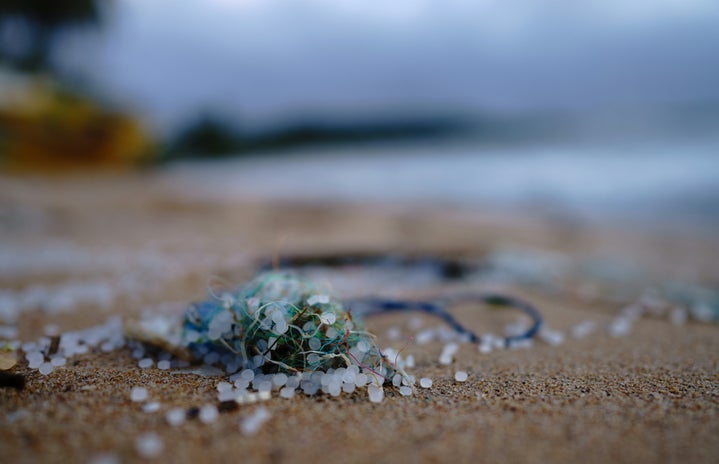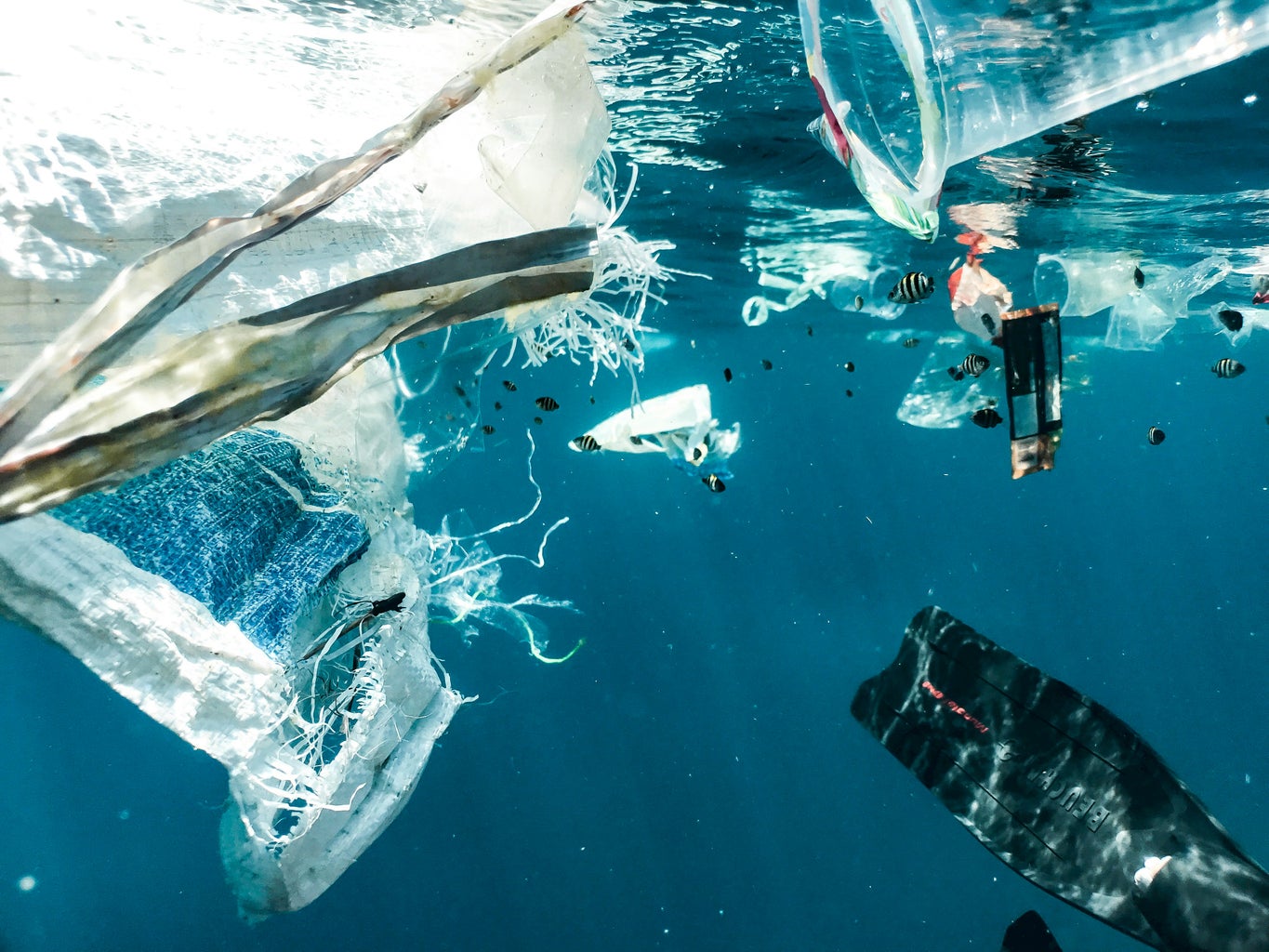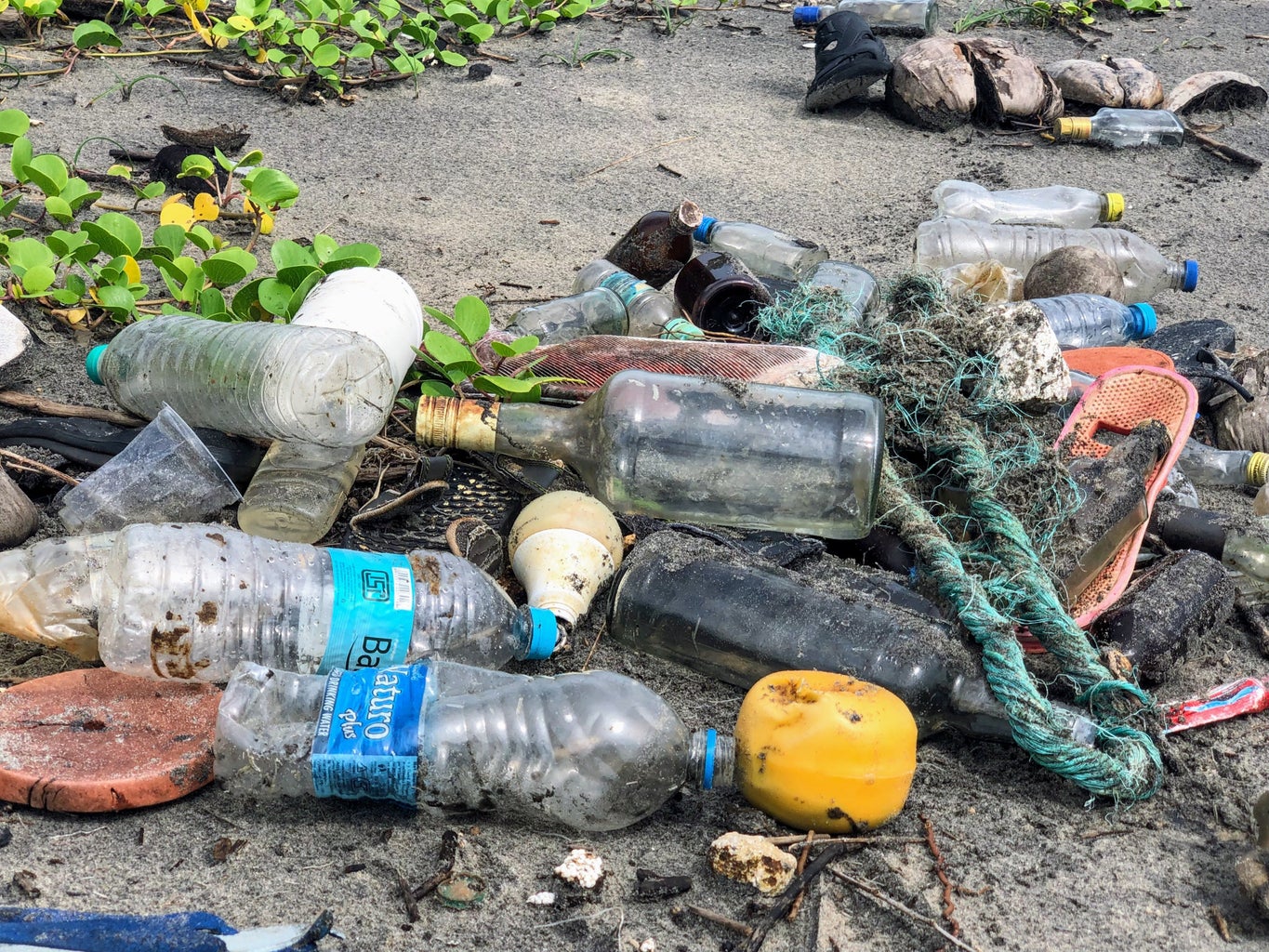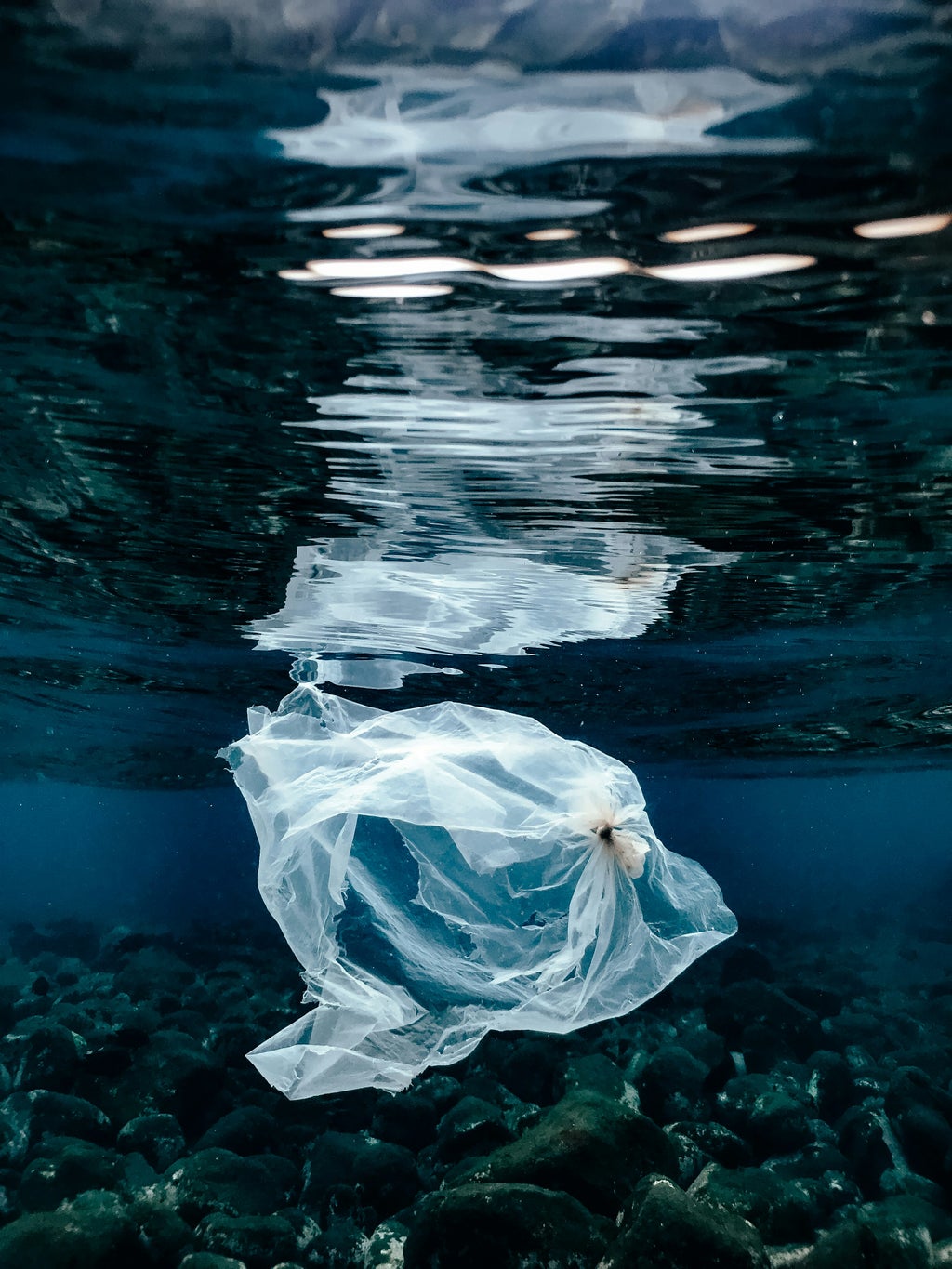Yes, unfortunately plastic ocean pollution is still a problem. Grocery bags, straws, plastic utensils and drink containers are all products that we have learned – or are learning – to replace with reusable options. I’m not here to lecture you about your Starbucks cups (because you already know that they’re a problem) but there are so many other products that contribute to the sea’s plastic problem – including fishing gear.
In fact, according to the Guardian, the majority of the plastic in the ocean is actually from fishing gear, including nets, lines, pots and traps. This “ghost gear” pollutes marine habitats and kills marine animals by trapping them or posing as food. Even if the gear itself manages not to harm wildlife, it sheds tiny particles of itself called microplastics.
Microplastics are very small plastics, less than 5 millimetres big, that either break down from larger plastic or are manufactured that small to begin with. They are too small to be cleaned up, so they remain in the ocean. Often, small organisms will eat the microplastics so it works its way up the food chain, more than likely all the way up to humans.
But you don’t fish and you’ve eradicated single use plastics from your life so you must not be part of the problem, right? Wrong.
Microplastics that are manufactured as teeny, tiny beads are out in all sorts of cosmetics, including makeup and skincare products, soap, hair products and even toothpaste. If it wasn’t bad enough that these products hurt your body and the environment, many of them are designed to be washed down the drain- which almost always takes them to the ocean.
Laundry is another huge contributor to the microplastics in the ocean. Those convenient little pods that you can throw in the wash don’t disappear- they break down and run out to sea (just like the plastic-coated dishwasher pods, FYI). That may seem obvious, but what you may not know is that synthetic fibres shed from our clothes and contribute to as much as 35% of the microplastics in the ocean.
So what do we do? Well, if you have the option to stop supporting the brands that contribute to the problem – stop. But don’t beat yourself up about not knowing the extent of the microplastic madness. As much as it is an individual responsibility to ditch the microplastics, it’s also a corporate problem. There is little transparency from major companies about what they put in their products and they rely on guilting the consumer.
Thankfully, we can put pressure on these companies as consumers and demand change. And if you need help understanding how to buy responsibly – you’re in luck. There are many apps, such as “Beat the Microbead” that will tell you exactly which ingredients are actually plastic.
Now let’s put plastic in its place and help save the world.





